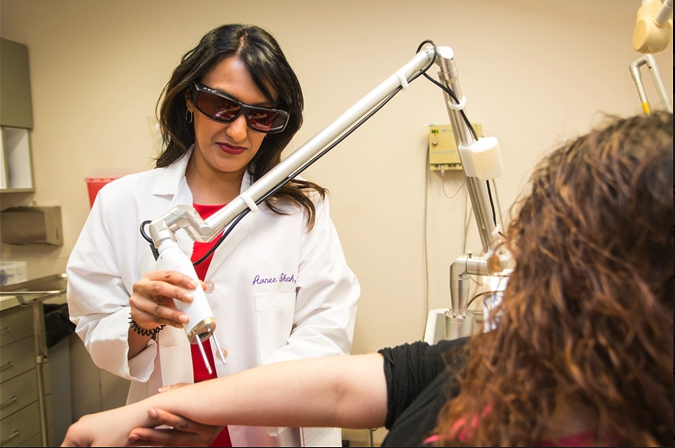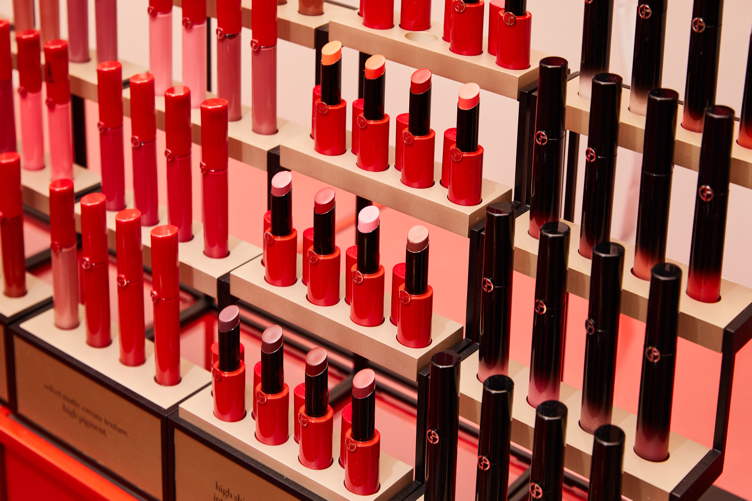The eye area is often the first part of the face to show visible signs of aging, and most women and men would prefer to put off surgery if possible. “In many cases, the need for surgery can be postponed or eliminated altogether in the right candidate,” says Beverly Hills oculoplastic surgeon Dr. Christopher Zoumalan. So how do you know if injectables like Botox and/or fillers can help you achieve your eye-rejuvenation goals—or if surgery is the answer? Ask yourself these three questions…
- How old are you?
According to Dr. Zoumalan, “Signs of aging around the eyes like crow’s feet can appear as early as late 20s. Prevention goes a long way at a younger age, and beginning Botox to treat these wrinkles can help minimize the risk of them becoming etched into the skin and becoming visible when the face is at rest.” Older patients generally experience additional signs of aging due to gravity and shifts in fat—namely sagging upper eyelids and under-eye bags. However, volume loss such as hollowing in the lower eyelids, and sometimes in the upper eyelids can also occur. “In such instances of volume loss, injectable fillers can help smooth the appearance of pockets of fat beneath the eyes, however drooping of the upper eyelids usually requires surgery,” Dr. Zoumalan explains.
- What do your parents look like?
Genetics play a major role in the eye area at any age. If your mother or father experienced under-eye hollows, prominent under-eye bags, heavy eyelids or a low brow either when they were younger or as they aged, it’s likely you will as well. “Injectable fillers can improve prominent tear troughs due to genetics, but surgery is usually the best long-term solution for puffy eyelids and elevating the brow, especially when these traits are inherited from your parents,” says Dr. Zoumalan.
- Are you willing to commit to ongoing treatments?
Injectables like Botox and fillers can provide significant improvement for an array of eye-area concerns, but their results are temporary. (Botox can last up to three months and under-eye fillers remain for about one year.) “In most cases, surgery is actually more cost-effective than injectables over the long term if you are a candidate—especially in younger patients—since improvement can last for at least 10 years or more,” explains Dr. Zoumalan.
When considering Botox, fillers or surgery to improve the appearance of the eye area, the best first step is consulting with a board-certified plastic surgeon who specializes in this part of the face. Dr. Zoumalan stresses, “Each patient is unique, and while some patients can benefit from injectable treatments, others may be best served with surgery or a combination of both to yield to the optimal, most-natural looking outcomes.” A physician with extensive experience performing these treatments and procedures can recommend the ideal approach that will help you achieve your aesthetic goals both for the short term and for years to come.
























